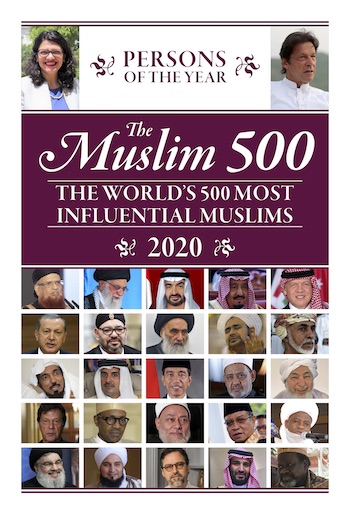The Way of the Scholars of Deoband by Qari Muhammad Tayyab Qasmi
Turath Publishing
Review by Ismaeel Nakhuda
Global geopolitics over the last twenty years has been such that Deoband and the scholars affiliated to it have prominently appeared in the public conscious. What and who the scholars of Deoband are, what they believe in and their positions on issues seem complex, and can confuse journalists, academics and even common Muslims. There are some whose explanations are on mark but the attempts of the majority remind one of the famous parable of the blind men and the elephant.
Mawlana Rumi includes a version of this story in his Mathnawi. In his retelling, the elephant is in a dark house in India with people entering the darkness to see it. Seeing it with the eye is impossible and so they feel it in the dark and depending on where they touch it, they believe it is like a water-pipe (trunk), a fan (ear), a pillar (leg) or a throne (back).
Since its humble inception in 1866 beneath a pomegranate tree in Deoband’s old Chattah Masjid (Beehive Mosque), Deoband has today become a global movement with graduates of the Dar al-‘Ulum and its affiliated madrasahs found across the world. With the scholars of Deoband involved in different activities and working in diverse fields, it often happens that journalists and academics, similar to the people in Mawlana Rumi’s parable who enter the darkness to see the elephant, end up interpreting the way (maslak) of Deoband according to their own perceptions.
In respect to the people observing the elephant, Mawlana Rumi mentions that “if there had been a candle in each one’s hand, the difference would have gone out of their words.” When it comes to understanding and explaining the theory that underpins the way of the scholars of Deoband, the author of this book, Mawlana Qari Muhammad Tayyab (d.1983), was not just someone who carried Mawlana Rumi’s proverbial candle, but was in fact a bearer of a blazing torch who meticulously detailed the way and methodology of the scholars of Deoband.
There is a popular Arabic proverb that “the owner of the house knows what is in it” (sahib al-bayt adra bi ma fihi), and this quite rightly applies to Qari Muhammad Tayyab, whose unique and privileged position enabled him to elucidate the way of Deoband. After all, he was not just the grandson of Mawlana Muhammad Qasim Nanawtawi (d.1880), the founder of Dar al-‘Ulum Deoband, but was also Deoband’s chancellor (muhtamim) for more than half a century from 1929 until 1980.
As a proficient author of some 59 works, Qari Muhammad Tayyab wrote two Urdu books on the way of Deoband. Both books present the theory of the Deobandi way, demonstrating that it sits in the middle between two extremes. This translation is of the shorter book and also includes a brilliant introduction by Shaykh al-Islam Mufti Muhammad Taqi Usmani.
With lots of people fudging in dark rooms trying to understand Deoband, it is as Barbara Metcalf mentions that “the need to understand Deoband and other Islamic movements in their own terms … continues to be of greater urgency in the plural, global world of today.” This translation is an attempt to meet this need.
_____
Mawlana Ismaeel Nakhuda is a graduated from the Dar al-‘Ulum Bury, UK, as well as holding undergraduate and post graduate degrees in journalism. He is fluent in Arabic, English, Urdu and Gujarati, and currently resides in the UK.


